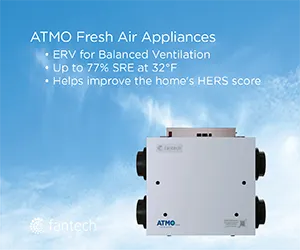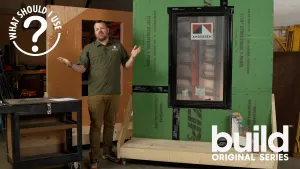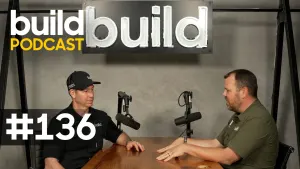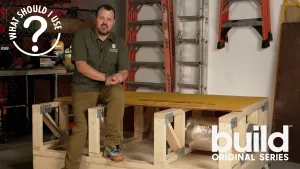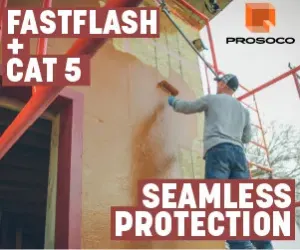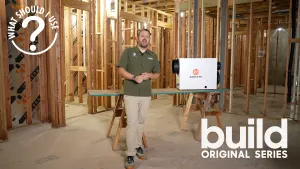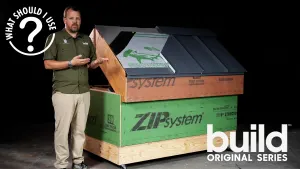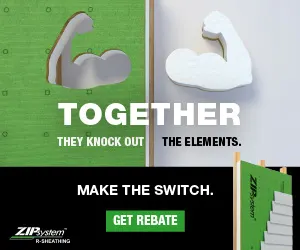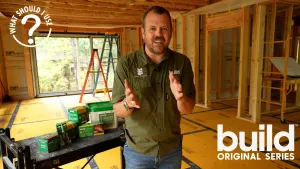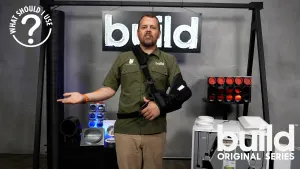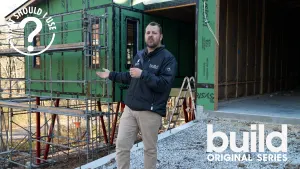In this episode of "What Should I Use?" hosted by Jake Bruton, the focus is on understanding the concept of WRB, specifically the differences between water-resistant and weather-resistant barriers. Jake begins by exploring the varying definitions of WRB in the building industry, comparing code specifications with industry practices.
The episode discusses the 2021 IRC (International Residential Code), which emphasizes the importance of water-resistant barriers (WRB) to prevent water accumulation in wall assemblies. Jake explains that while the code specifically mentions water resistance, it is crucial to address all control layers—water, air, and vapor—for a comprehensive approach.
Jake identifies three main types of barriers:
1. Mechanically Fastened Systems: Typically house wraps, which are less likely to provide effective air control due to the numerous penetrations during installation.
2. Fully Adhered Systems: Representing the premium option, these systems, like PROSOCO’s range, offer a monolithic, unbroken barrier ideal for comprehensive protection.
3. Factory Applied Systems: These are panels with pre-applied barriers, requiring careful attention to connections between panels.
Jake emphasizes the importance of a monolithic barrier for continuity in air and water control, recommending fully adhered systems when budget permits. He advises considering availability, durability, and ease of installation when selecting materials, ensuring they meet the project's environmental demands and quality standards.
Ultimately, Jake advocates for solutions that provide robust, durable protection, allowing builders to confidently offer warranties and take pride in their work. The episode serves as a guide for builders to make informed decisions about water and weather-resistant barriers, highlighting best practices and material choices.
Thanks to our episode sponsor PROSOCO. Learn more here: https://prosoco.com/

 Share on facebook
Share on facebook Tweet
Tweet Email
Email Share on Linkedin
Share on Linkedin

